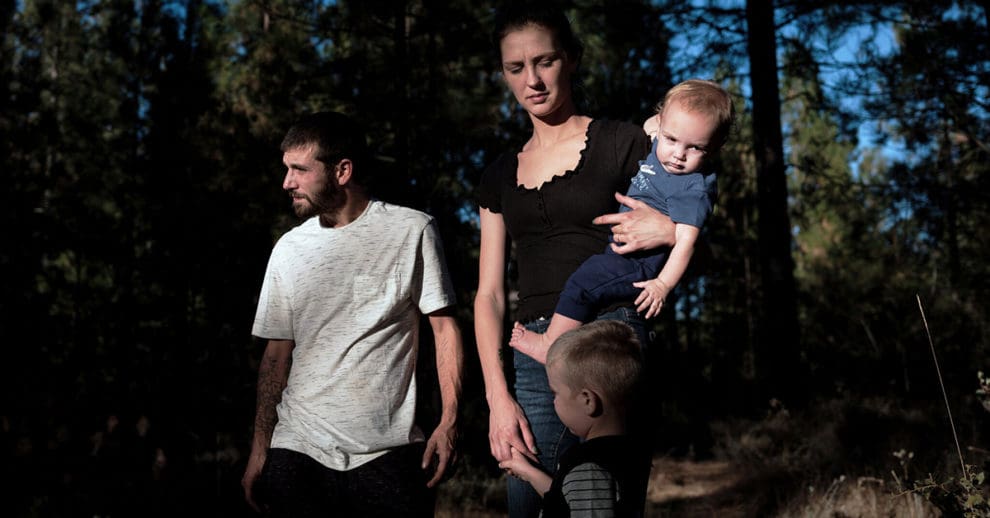
Journalist Jason DeParle of the New York Times is one of the leading media voices covering child poverty in the United States, and in a front-page article this week he once again highlighted the issue by covering new research on the impact of COVID-19 on poverty, including child poverty. Referring to two new studies, one from Columbia University’s Center on Poverty and Social Policy and a joint study by the University of Chicago and Notre Dame, he wrote:
“Both studies also found child poverty rising at a rapid rate, with an additional 2.5 million children falling below the poverty line since May. Research shows that even short stays in poverty can cause children lasting harm.”
The study from Columbia’s Center on Poverty & Social Policy finds that assistance provided in the Coronavirus Aid, Relief, and Economic Stimulus Act (CARES) Act, particularly expanded Unemployment Insurance benefits and Economic Impact Payments, temporarily prevented child poverty from spiking earlier this year. However, given that this assistance has run out, our child poverty rate is now higher than before the pandemic.

Note: Monthly Supplemental Poverty Measure (SPM) rate accounts for income received in the given month. The large distribution of Earned Income Tax Credit (EITC) benefits in March largely accounts for the observed dip in that month.
“The Cares Act was unusually successful, but now it’s gone, and a lot more people are poor,” Zachary Parolin, an author of the Columbia analysis, told DeParle.
By calculating monthly estimates of poverty, including child poverty, CPSP is able to not only provide more recent information on poverty than annual estimates (which lag behind by nearly a year and do not reflect the impact of COVID-19) but also supply more detailed information on how temporary influxes of resources throughout the year affect a household’s ability to weather economic volatility.
DeParle’s article also highlights research from the University of Chicago and Notre Dame showing similar trends for child poverty.
Both studies make clear that more assistance is needed immediately to prevent poverty levels from remaining elevated or potentially spiking further.
“‘The Cares Act was very successful,” Columbia researcher Christopher Wimer told DeParle. “But one of its shortcomings was its temporary nature.”
For more information:
